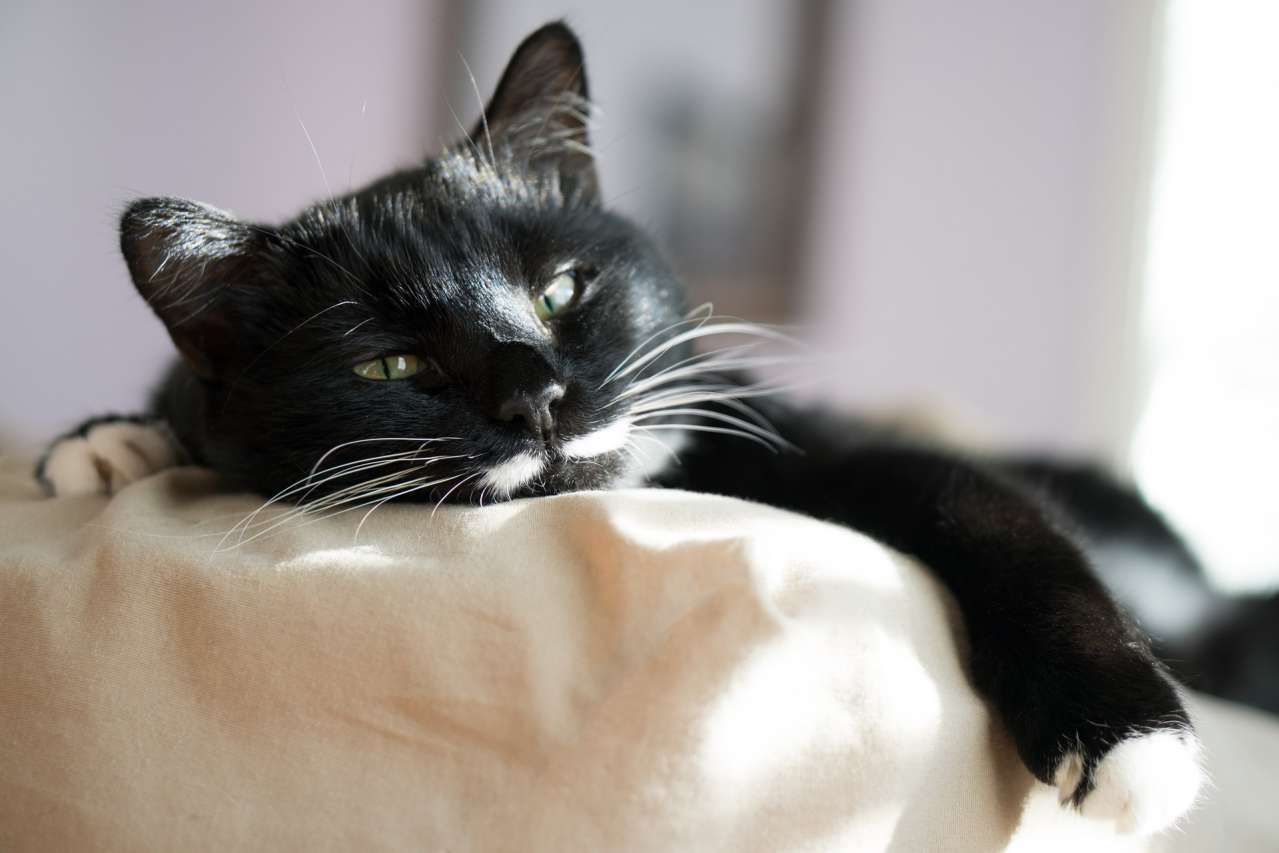Interesting Facts: What are the benefits of purring a cat
The frequency of these vibrations (20 to 150 Hz) is believed to help bone growth. Other frequencies may have similar effects on tissue.
Why do cats purr
Cats purr for various reasons: from pleasure when you caress them or scratch them behind the ears; small kittens make a vibrating sound so that their mother cat can understand where they are and feed them;
Many cats carry the purring from a request to their mother into adulthood.
If your cat is comfortable on your lap and receiving attention and affection, purring sounds will appear as a sign of approval.
Body language demonstrates complete satisfaction: the pet's eyes are slightly closed, the tail is moved to the side or curled around the body, remaining motionless.

Benefits of a cat purring
This frequency has a beneficial effect on human health, activates cell regeneration, and also accelerates the recovery of bones and muscles.
In addition, a cat's purring is an effective stress reliever and normalizes human breathing.
It also turned out that purring also heals the cat itself.
It is also known that purring is a way of communication and a kind of healing agent.
The purring of a cat, or rather the vibrations that occur when purring, have a frequency from 20 to 150 Hz, which, according to some scientists, promotes bone healing and regeneration of soft tissues, including skin.
